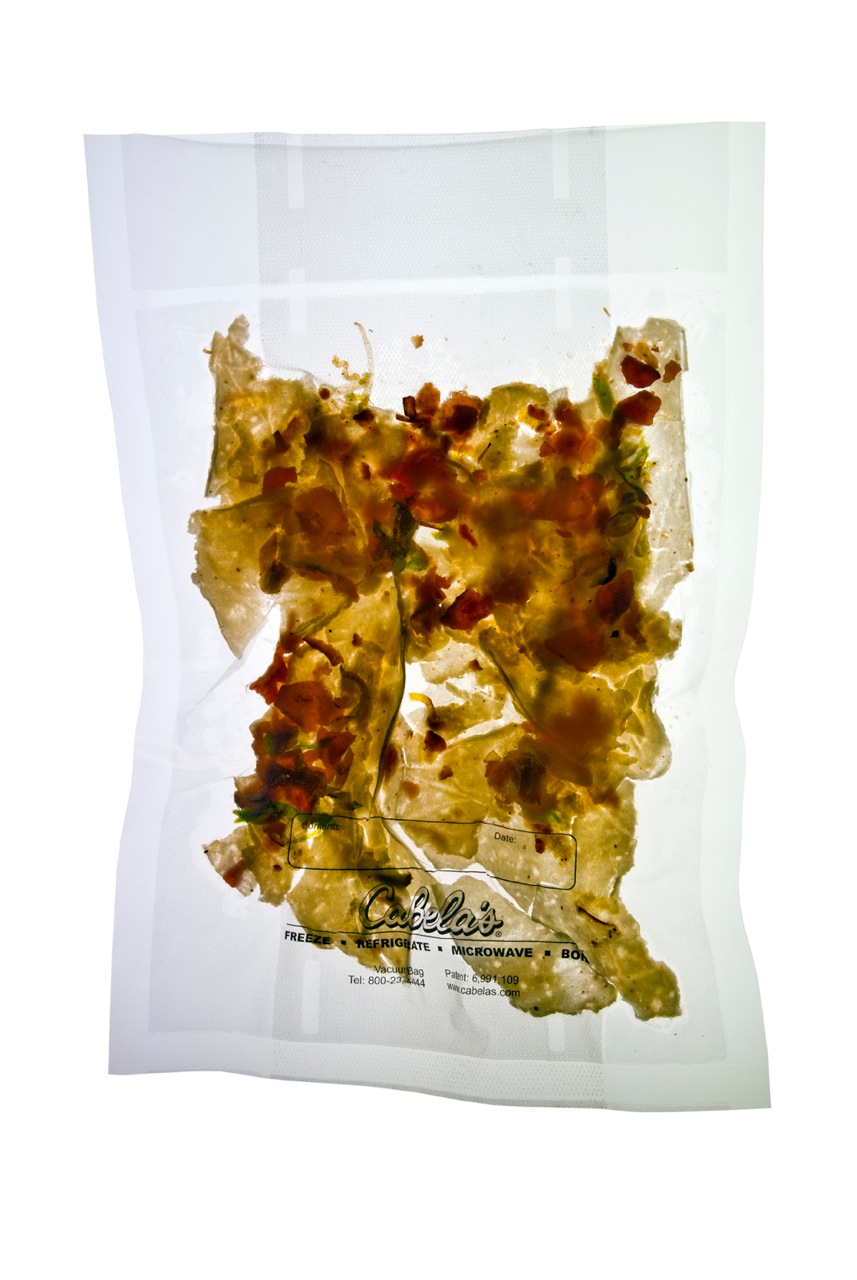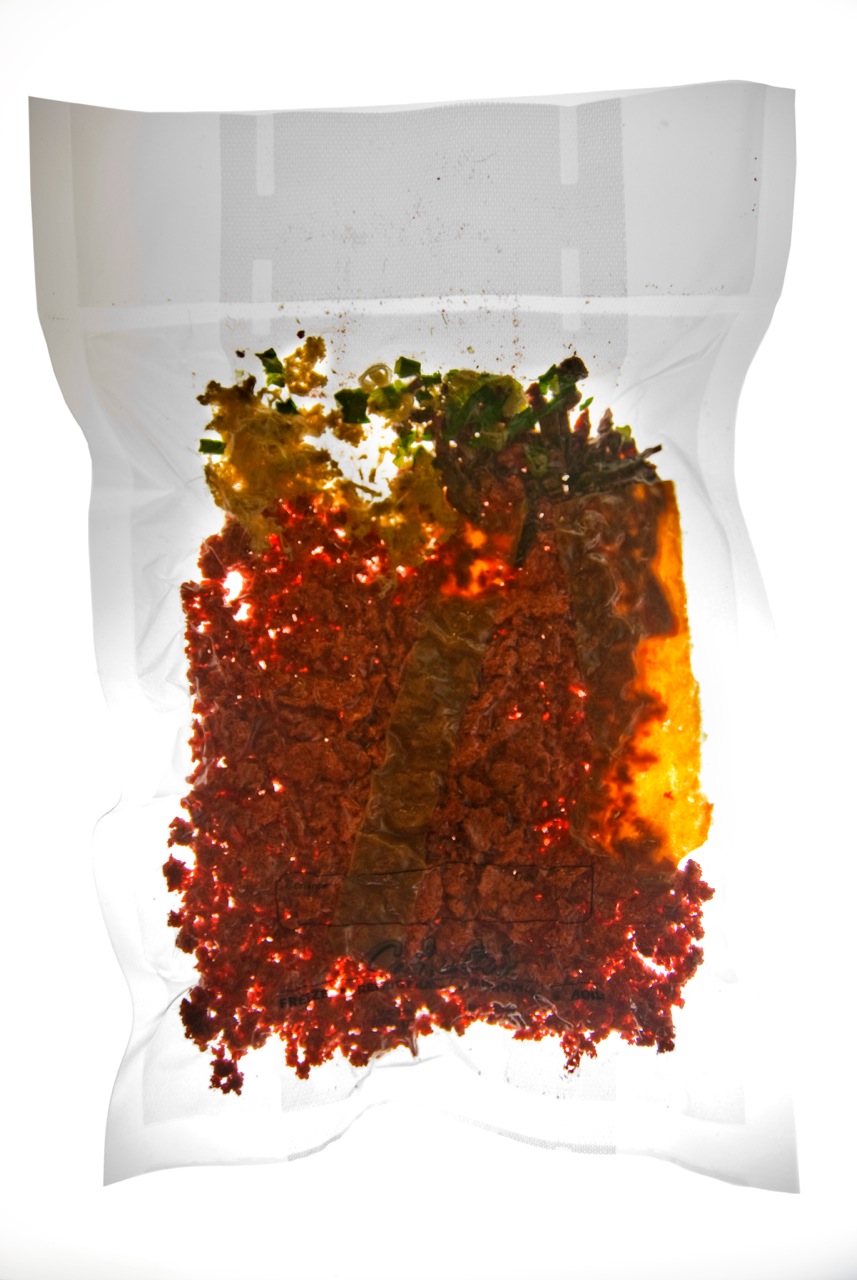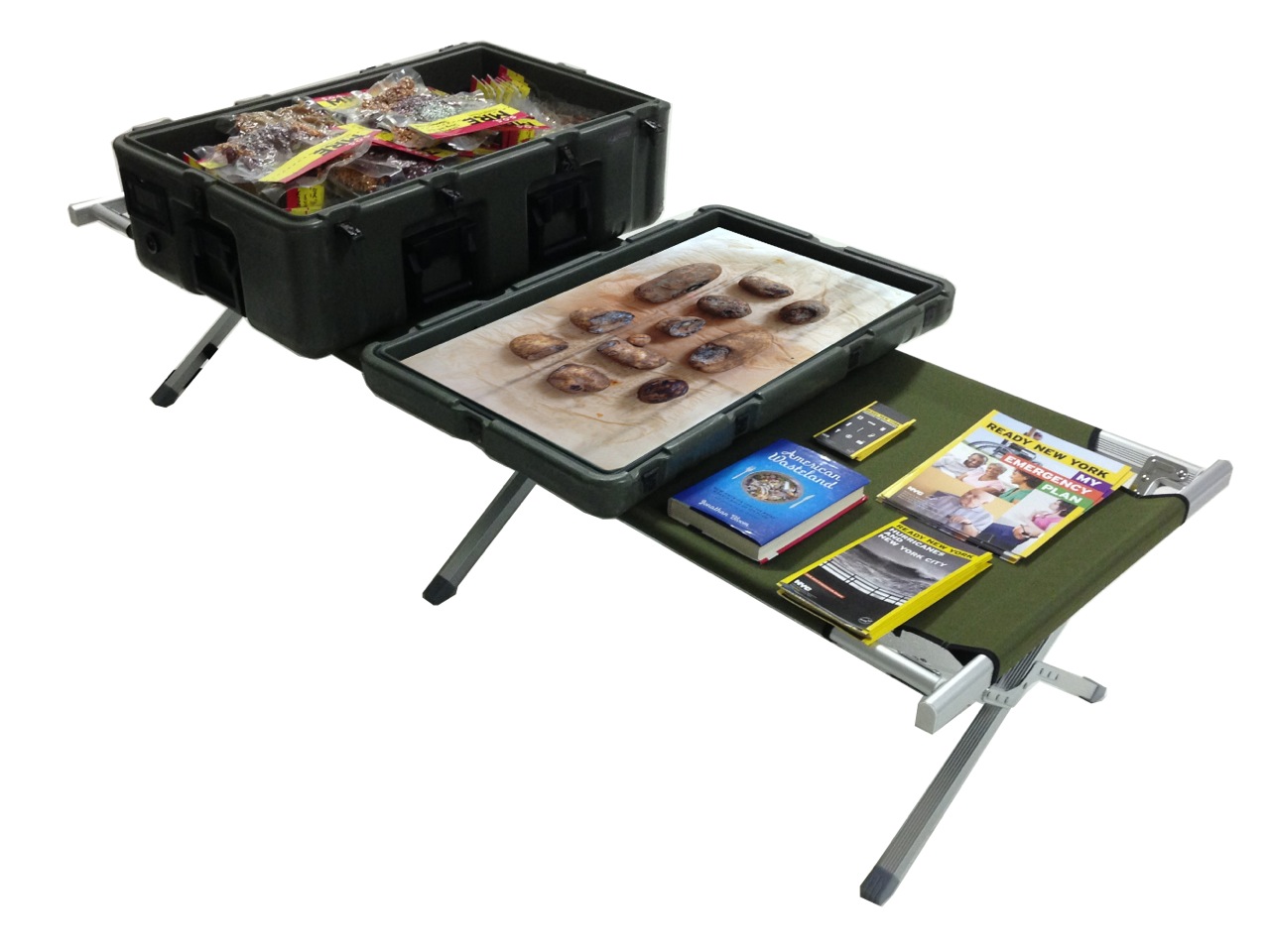Staten Island Arts cultivates a sustainable and diverse cultural community for the people of Staten Island by:
• Making the arts accessible to every member of the community.
• Supporting and building recognition for artistic achievement.
• Providing artists, organizations, and arts educators the technical, financial and social resources to encourage cultural production.
Staten Island Arts recognizes artists and cultural producers as important community stakeholders. As the local arts council, we seek to empower them as such by supporting and presenting projects that work with ideas of cultures and communities in an integrated and accessible way and that help communities become more livable, sustainable, and/or socially engaged.
They do this through the following programs and services:
• Folklife, working with new immigrant communities and heritage-based artists;
• Arts Education, working with schools and senior programs to offer life-long arts learning opportunities; and
• Public contemporary arts programs in “non-traditional” swing-spaces throughout the community and in our new program space, Culture Lounge, opening in December 2013. Staten Island Arts programs focus on topics that nurture and heal communities; educate and inform us about ourselves, our history, and our world; and build and improve community capacity or infrastructure; or inspire and mobilize individuals or groups.
Over the past 20 years, Staten Island Arts has conducted public programming and technical assistance in all neighborhoods of Staten Island, serving a variety of underserved disciplines, ethnic communities, incomes, and ages. Staten Island Arts public programs feature performances, workshops, and installations by both emerging and established artists and curators. Programming specifically focuses on place-based projects, by both international and local artists from an array of disciplines, that examine aspects of the surrounding environment and communities, help people consider their environs in new ways, explore how their communities might be more livable and sustainable, and/or lead visitors to vehicles that allow them to become more socially engaged.
Project Description
Tattfoo Tan
New Earth MRE
October 1 till November 31, 2013
Wednesday – Sunday, 12 – 6pm
67 Monroe Avenue
Staten Island, NY 10301
Preparing for climate change is not just about prevention, but includes disaster preparation like New Earth MRE (Meal, Ready to Eat). Each of these packages is specially dehydrated by the artist, Tattfoo Tan, to make them shelf stable. If kept away from sunlight and moisture, MRE should last up to a year from the date prepared. Food can be rehydrated by adding boiling water and covering it with a lid for 20-30 minutes to expedite the process, then cooking until the desired texture is reached.
For centuries, dehydrating food has been seen as a survival necessity. Many believe this preservation method is the safest, most affordable and best way to preserve flavors of foods. The dehydration process removes moisture from the food so that bacteria, yeast, and mold cannot grow. The added benefit is the dehydration process minimally affects the nutritional content of food. In fact, when using an in-home dehydration unit, 3%-5% of the nutritional content is lost compared to the canning method which losses 60%-80% of the nutritional content. Additionally, vitamins A and C, carbohydrates, fiber, potassium, magnesium, selenium and sodium are not altered or lost in the drying process. Therefore, the end result is nutrient packed food that can be stored long term.
In the aftermath of Hurricane Sandy, here in New York City, food supplies were cut off. The local supermarket was flooded and food was destroyed and had to be thrown away. The National Guard was handing out food rations in some places, and the queue was long especially when time waiting in line could be better spent in clean-up and recovery. If everyone can take some effort to stock up their own emergency food ration, it will help in recovery efforts.
Modern society is so used to acquiring its food from supermarkets, delis or restaurants. We have to have provision for times of emergency both for ourselves and our community at large. Hurricane Sandy is a wake-up call. When disaster happens, there will be no food, no petrol, and no car to buy any food anywhere. Why place ourselves in a position of helplessness? We should not despair, but be prepared.
Visit the New Earth MRE project site>
Watch the New Earth MRE video>




